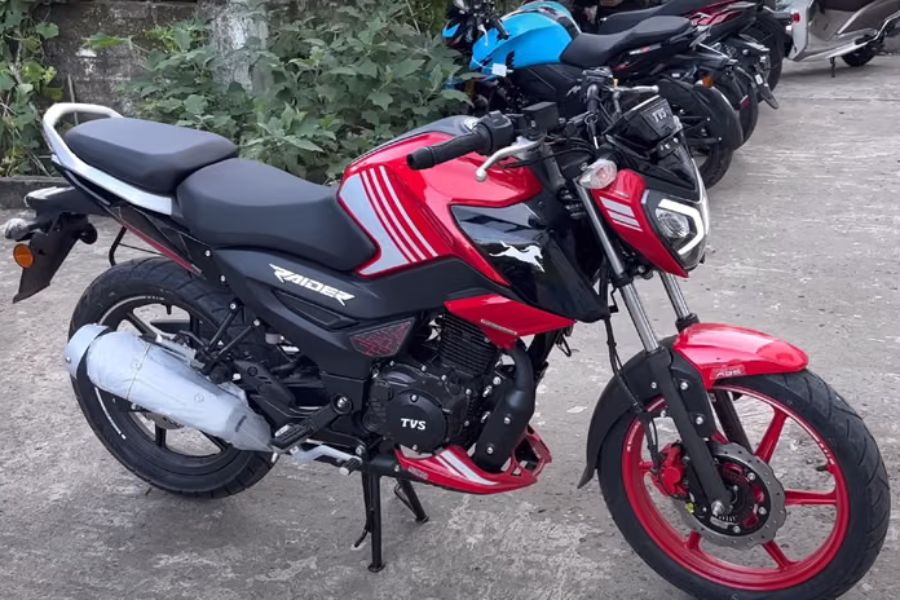Hero MotoCorp has officially rolled out the 2025 Karizma XMR 210 in India, with prices starting at ₹1,81,400 (ex-showroom, Delhi). The latest iteration of the iconic motorcycle now comes in three variants – Base, Top, and the newly introduced Combat Edition, which made its first appearance at Auto Expo 2025 (called XXXX). Let’s dive into the key updates.
Highlight Features: Inverted Forks & TFT Console
The standout addition for 2025 is the golden-colored inverted front fork, exclusive to the Top and Combat variants. Meanwhile, the Base model continues with the standard telescopic unit. A significant tech upgrade comes in the form of a 4.2-inch full-color TFT display with Bluetooth smartphone connectivity, offering turn-by-turn navigation, call/SMS alerts, and more.
The Combat Edition also gets a unique glossy grey paint job, while retaining all premium features from the Top variant.
What Hasn’t Changed?
Mechanically, the Karizma XMR 210 remains unchanged. It’s still powered by the familiar 210cc liquid-cooled single-cylinder engine, churning out 25.5PS at 9250rpm and 20.4Nm at 7250rpm. Braking duties are handled by a 300mm front and 230mm rear petal disc setup, supported by dual-channel ABS.
It continues to roll on 17-inch alloy wheels, and all variants feature an adjustable windscreen, full-LED lighting, assist and slipper clutch, and smartphone pairing (albeit with an LCD console on the base variant).
2025 Karizma XMR 210 Pricing Breakdown
-
Base Variant: ₹1,81,400
-
Top Variant (with inverted forks & TFT): ₹1,99,750
-
Combat Edition: ₹2,01,500
The Combat Edition carries a minor premium of ₹1,750 over the Top model, primarily for its exclusive paint scheme.
BikeDekho Verdict: Worth the Premium?
With these updates, Hero has made the Karizma XMR 210 even more desirable, especially for tech-savvy riders. However, the ₹18,350 price jump from the Base to Top variant might be a bit steep for what is essentially an upgraded fork and a fancier console. While the inverted forks may enhance handling, we’ll need to test the bike in real-world conditions to determine if the ride dynamics justify the extra cost.
Read More:




